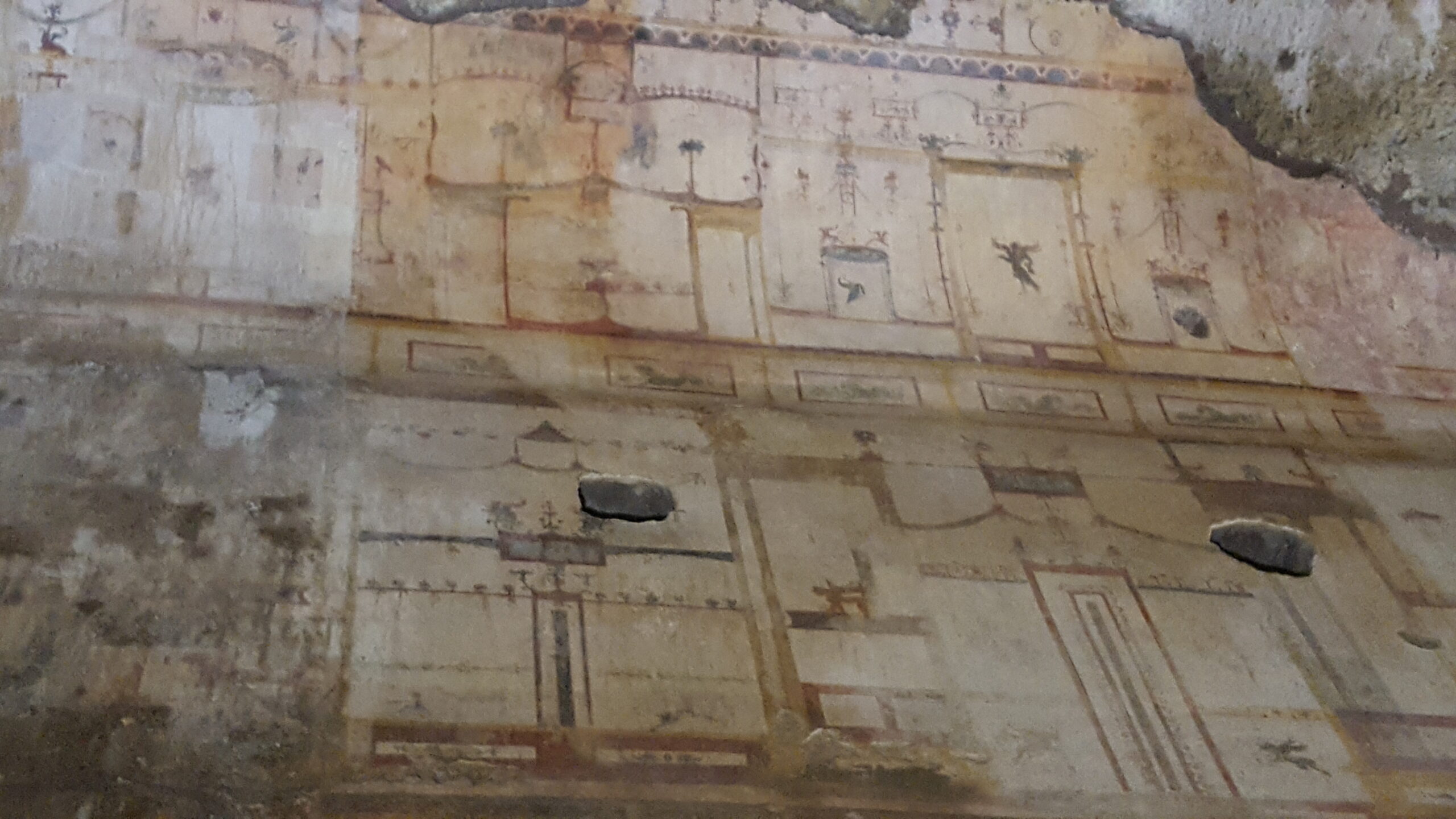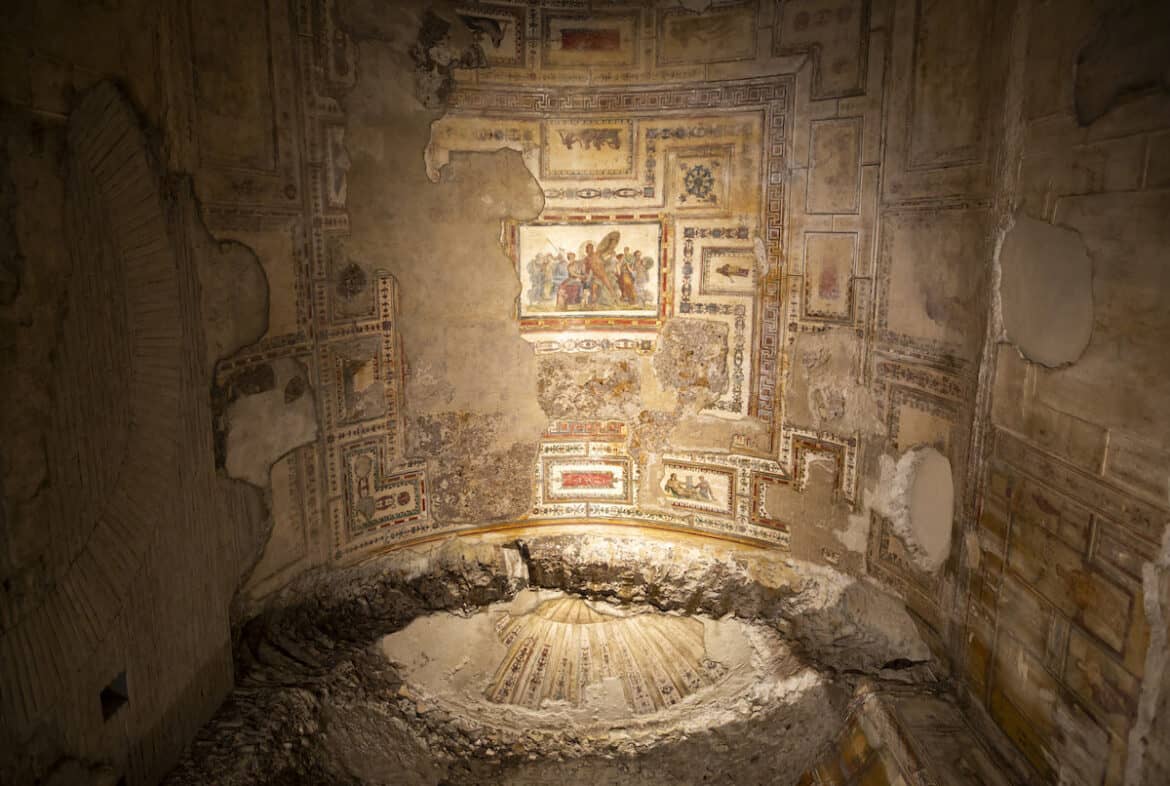
The problem is that the Domus Aurea, which sits off the beaten tourist path of Rome, has been closed for most of the last several decades, making it more difficult for large numbers of people to relate to and fall in love with. But I would religiously check with each new trip I would take to Rome.Ĭrowdsource funding empowers people to have control in saving such important works. And year after year it continued to be closed to the public.
.jpg)
In 2010, when Rome experienced flooding, the structure became very unstable and a large portion of its roof caved in. Unknown to me on my first 2002 visit, the Domus Aurea had been closed for over 20 years before 1999. This is typical of restoration work on ancient monuments. I didn’t think much of it the first time the Domus Aurea was closed. Concrete: One of the earliest Roman structures to utilize concrete.This became a widespread technique of Byzantine architecture and can still be viewed in Byzantine-style churches, such as San Marco Basilica in Venice and in the churches of Ravenna. Wall Mosaics: The Domus Aurea is believed to have broken with the tradition of mosaics as floor-only design, and it may have been the first to feature mosaics as wall art.The painting of color into wet plaster certainly influenced Raphael and Michelangelo – some of their most stunning frescos can be viewed in the Vatican in the Sistine Chapel and the Raphael Rooms. Frescos: The Domus Aurea was a key source of understanding Roman painting for Renaissance artists.The remnants of what is believed to be the revolving dining room was discovered in 2009. Rotating Dining Room: Historians wrote that the continually rotating dining room ceiling was painted to emulate the heavens above.And it was built decades before the Pantheon. This dramatic room features an alcove on each of its eight sides that offered a view in all directions. Octagonal Room: This domed room with oculus is believed to be the first octagonal room in history, an architectural innovation with a sculptural sensibility and deliberately conceived lighting.The myriad thematic rooms contained innovative features such as a revolving dining room, dramatic water features, and new architectural inventions. The Domus Aurea as Architectural MasterpieceĪn extravagant and expansive Domus Aurea is believed to have been conceived purely for entertainment. Renaissance artists were fascinated by the discovery, and the likes of Raphael and Michelangelo rappelled into the underground cave to get a closer look. The frescos found (referred to as grottesche – the derivation of grotesque) had been preserved by encasement, protecting the artwork from destructive humidity.

It appeared to be a cave – in Italian, a grotta. The Domus Aurea remained hidden for centuries until, by happenstance, a young man in the 15th century fell through a crevice and landed in the midst of it. That which remains is proof of the enormous influence the Domus Aurea had on future architecture.

Most of Nero’s Golden House still lies beneath major monuments, serving as their foundations. Only about a tenth of the Domus Aurea’s original 300 rooms are tourable today. This catastrophe allowed a bigger and better Rome to emerge – including the Domus Aurea. Nevertheless, ten of Rome’s 14 neighborhoods, approximately 2/3 of the center of Rome, were wiped out in the fire. Some historians blamed Nero for starting the fire as a means of getting his way to rebuild a more modern, extravagant Rome, which the Senate had previously denied. The eccentric emperor Nero began to build the Domus Aurea in the wake of the great Rome fire of 64 AD. But on my recent trip to Rome, I was thrilled to find the Domus Aurea open once again. In subsequent trips, I had wanted to share this stunning place with friends and family, only to find that the Domus Aurea has been mostly closed to visitors over the past decade. I took for granted that it would always be accessible like any other ancient tourist sight in Rome.

I didn’t realize then just how lucky I was to be seeing this magnificent Roman monument. Also referred to as Nero’s Golden House for its once abundant gold leaf, I was awestruck by this ancient architectural masterpiece. I first descended into Nero’s underground world of the Domus Aurea on my first trip to Rome in 2002.


 0 kommentar(er)
0 kommentar(er)
